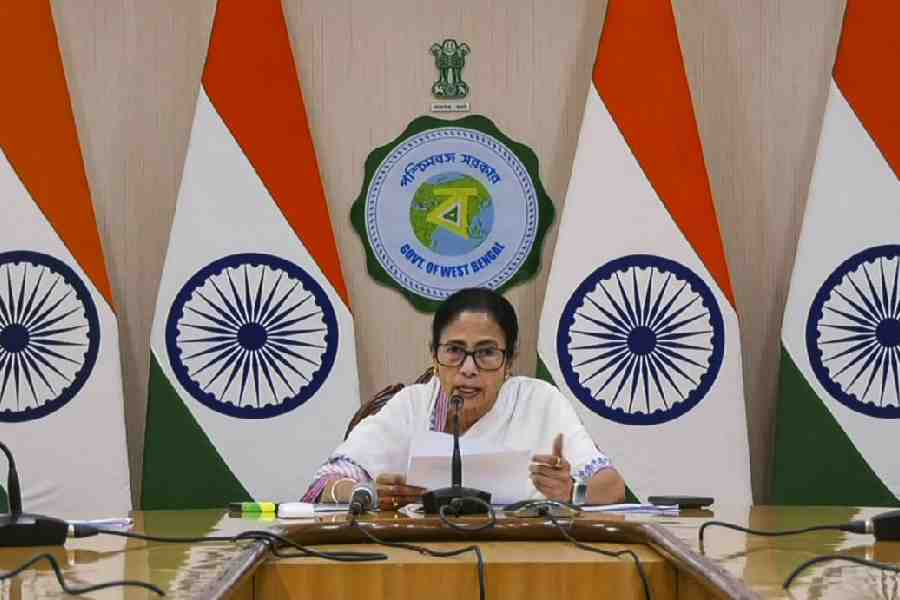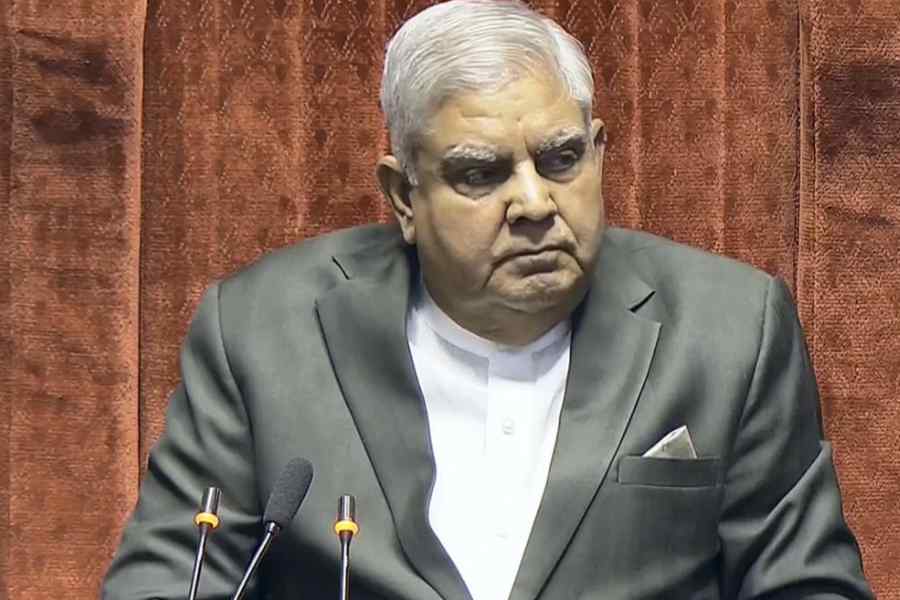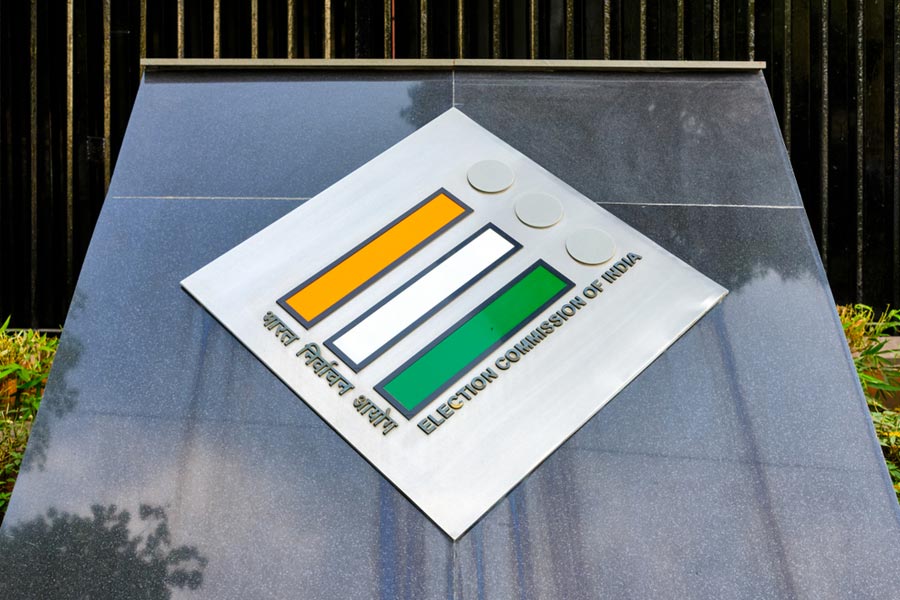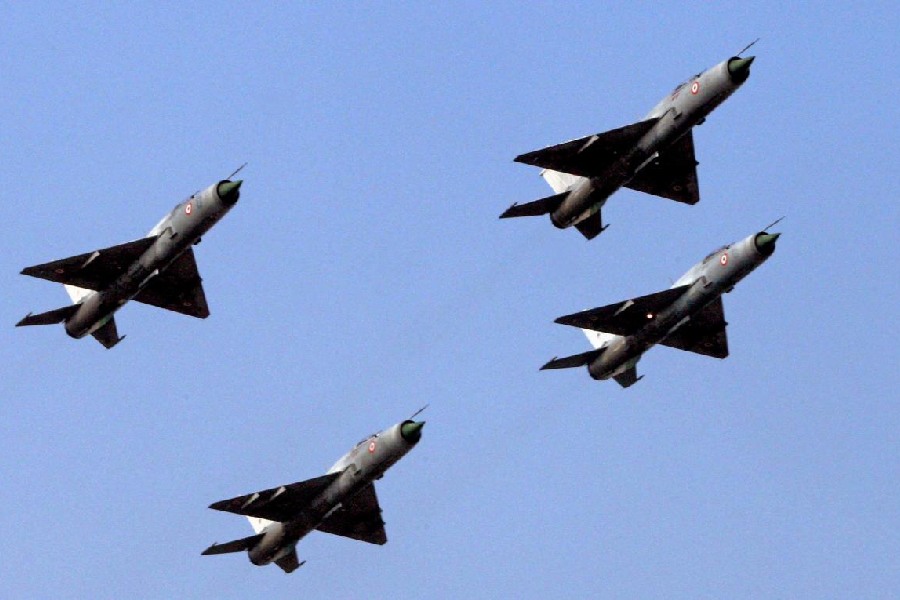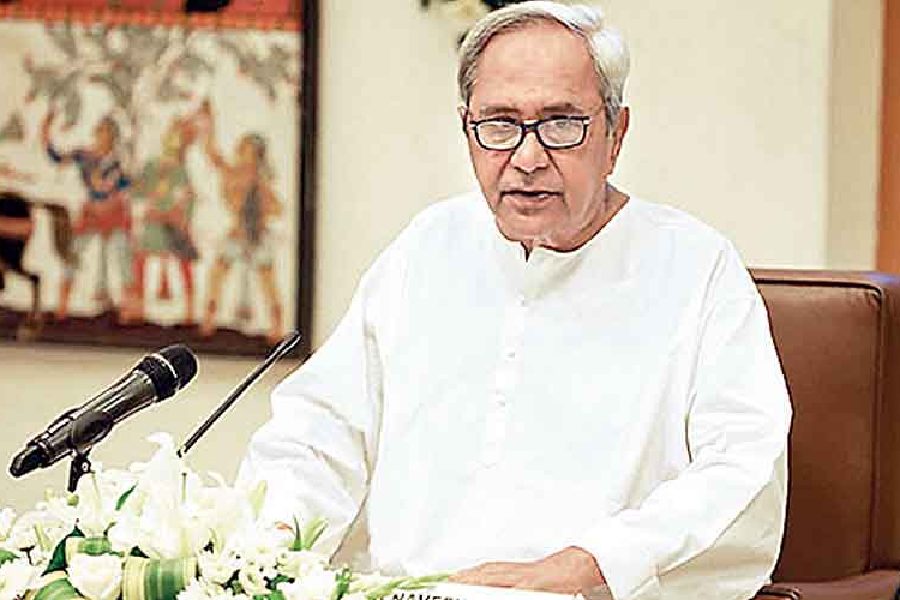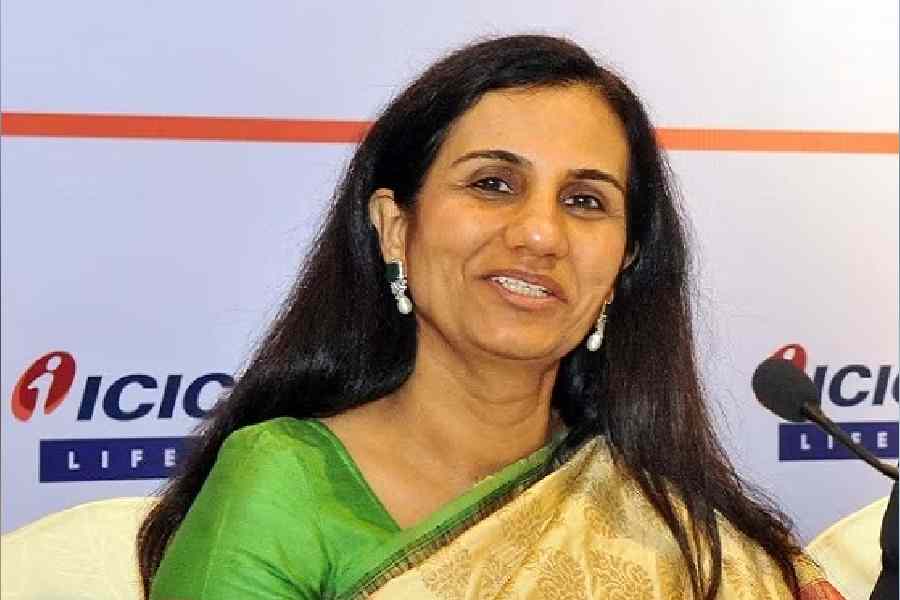|
|
| Abhishek Hazra, Diagram from Takete Maluma with GoogleGlas |
Tell-Tale: Fiction, Falsehood & Fact at the Experimenter gallery (ended May 23) was a two-part exhibition bringing together 10 contemporary artists under a single curatorial idea. This way of showing contemporary art is fairly new in the city, particularly in the extent to which the unifying idea had been thought through (by Paula Sengupta, who was also one of the artists), and in the gallery’s attempt to inspire site-specific work. The show, especially the first part, was lit with care, and that made a great deal of difference. However, cerebrally-driven shows, like this one, should be wary of clutter.
Art made out of ideas and concepts needs physical and mental space to unfold properly in the viewer’s consciousness; knocking against artworks in the process of trying to reflect on them is not the best way to experience them. One has to be able to walk around them freely and contemplate them from a distance without other pieces coming in the way. I was almost falling into the sunken, cloth-and-video part of Archana Hande’s excellent All is fair in magic white while trying to view its accordion-fold version. Instead of trying to squeeze in 10 artists, the gallery could have shown just six (three in each part). That would have made Tell-Tale intellectually richer and visually more spare — especially when the pieces were of such varying quality.
|
|
| Adip Dutta, Object 1 (Handle it with Care — It might Hurt) |
Another way of minimizing clutter is to not put captions on the wall, and prepare, instead, simple hand-outs that viewers may consult if they wish. The labels in this show were shoddily printed and pasted, and the curatorial comments on the wall became inadvertently funny because of the wobbly lettering — a typically Calcuttan lack of professional finesse. It was a good idea to put the curator’s essay only on the gallery website. Sengupta’s copious, and somewhat glib, interpretation of each work would have been intrusive for viewers who prefer to do their own looking, thinking and judging. It is always a dodgy practice to take a set of words like ‘post/colonialism’, ‘globalization’, ‘history’ and ‘narrative’, already worn out by academic over-use, and then try to use them as keywords in relation to works of art.
There is a risk that a show conceptualized too discursively will reduce its exhibits to what they are ‘about’. Straddling art and theory is a tricky game that must be played with tact and caution, lest academia’s investment in explication ends up destroying art’s necessary reticence and ambiguity. Art, in order to be art, must exceed the idea that begets it or tries to contain it. Otherwise the work becomes illustrative, or ends up ‘telling a story’ or ‘making a critique’ as a writer, critic or journalist would. And this is what happens with Rajesh Deb’s Political Box or Anupam Chakrabarty’s Kaalbaishakhi (particularly when it is shown in isolation from Chakrabarty’s other, more layered and nuanced, works in paper). Sengupta’s own Cox’s Bazaar, in spite of its complex assembly of materials, fitted a little too predictably into a prevalent genre of nostalgia-driven, root-seeking, quasi-historicist ‘Partition narrative’. Sarnath Banerjee’s elaborate joke, Lalbazaar: Lower Pile, did not quite manage to rise above tired humour and unremarkable draughtsmanship.
In contrast, the work of Debnath Basu, Adip Dutta and Abhishek Hazra — skilled, sophisticated, intellectually challenging and therefore impossible to paraphrase or theorize upon (even when the work itself appropriates theoretical discourses, as Hazra’s does) — pulled Tell-Tale up to a level of brilliance and freshness that one expects from younger artists. The mix of fineness and murk in Basu’s graphite images on paper makes his Fataru much more than a visual rendering of Nabarun Bhattacharya’s fiction. Even the texts next to the images become part of Basu’s grey world of the imagination.
Dutta’s giant sculpted books of steel-wool and paper-pulp shock us into an imagined tactile response to them. The book becomes another focus of desire and repository of wordless stories when surrounded by his lovingly wrought drawings of ordinary objects, which look surreal when depicted in such painstaking detail. And Hazra’s wittily difficult, but precisely thought through, cocktail of Tintin, structural anthropology, Derrida, Matisse and the bizarre whimsies of online advertising keeps one delightfully suspended between jest and earnest.




